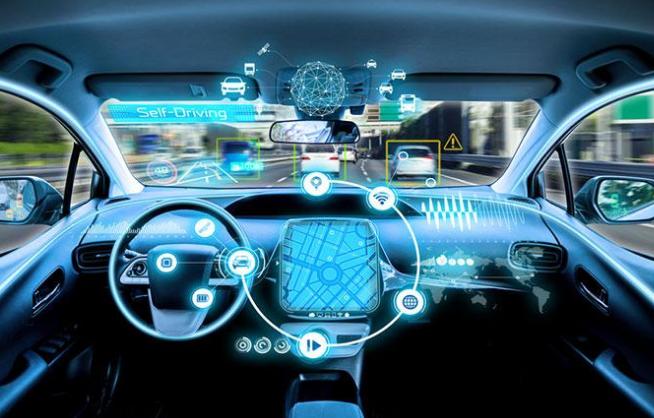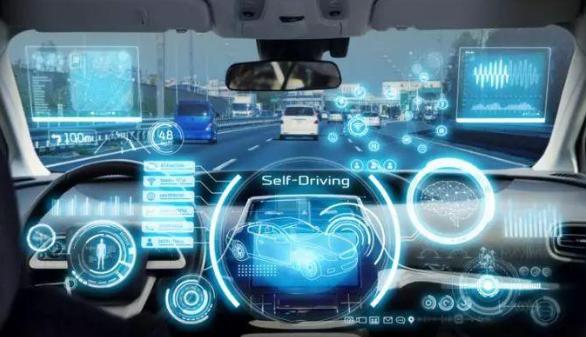The "Tram Problem" of Self-driving Cars
Although self-driving cars have not been popularized, with the progress of related technologies, it is only a matter of time before self-driving cars are put into our daily use. However, self-driving cars may face many problems in practical application. One of the biggest problems is the "tram problem".
The content of the tram problem is that if a tram traveling on the track needs to choose one of the two tracks when it reaches the fork of the road, but there are pedestrians on both roads, which road should we choose?

The "tram problem" scenario of self-driving cars is, if there is an accident, will the car give priority to protecting the passengers in the car and crash into pedestrians. Or will it give priority to protecting the pedestrians on the road and put the passengers in danger?
Future self-driving cars will face such problems. When the car is in trouble, it needs to choose between protecting pedestrians or passengers.
1) Give Priority to Pedestrian Protection
Suppose such a scenario. When the self-driving car approaches the intersection, several people did not notice the coming car. They don’t want to wait for the traffic lights in the rain and hurry across the road.
In the face of such a scene, the self-driving car either crashes into these people or rushes to the skyscrapers on both sides of the street. If the model of the car is "giving priority to the protection of pedestrians", it will take avoidance measures to protect pedestrians.
Even if the car does not hit the building under the control of the program, it would turn at high speed on the road. The result may be that pedestrians crossing the road are not injured. But passengers inside cars that follow the rules may be injured or even dead.

2) Give Priority to Passenger Protection
When the self-driving car approaches the intersection, some passers-by run across the road in the rain. High-speed self-driving cars can detect pedestrians on the road. They may give harsh warnings to passengers in the cars. This is to indicate that there are obstacles ahead. Since the car is set to "give priority to the protection of passengers in the car", the car will continue to move forward.
Passengers inside the car will see such a situation: The car hits the people crossing the road. Then the car continued to drive as if nothing had happened. The people in the car just feel some vibrations. It has no impact.
When the self-driving car encounters the tram problem, the results of the preset two modes are not good. In the "priority protection of pedestrians" mode, passengers inside vehicles that comply with regulations are injured or killed due to accidents. But this is not their own fault. Should the accident be attributed to pedestrians or cars?
In the second case, people may argue that pedestrians decide to cross the road control their own lives. Self-driving cars or passengers are not responsible. No third-party personnel are injured or killed in the accident.
If you want the answer of who should be responsible in these two modes, you may not be able to find satisfactory results. Can the development of self-driving technology find a solution to this difficult problem? We may need to wait and see.